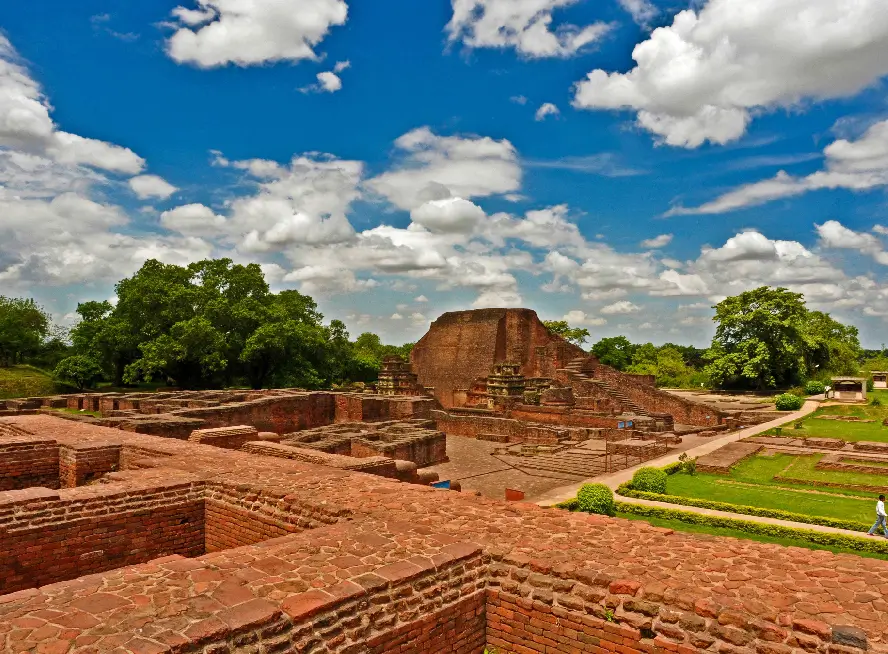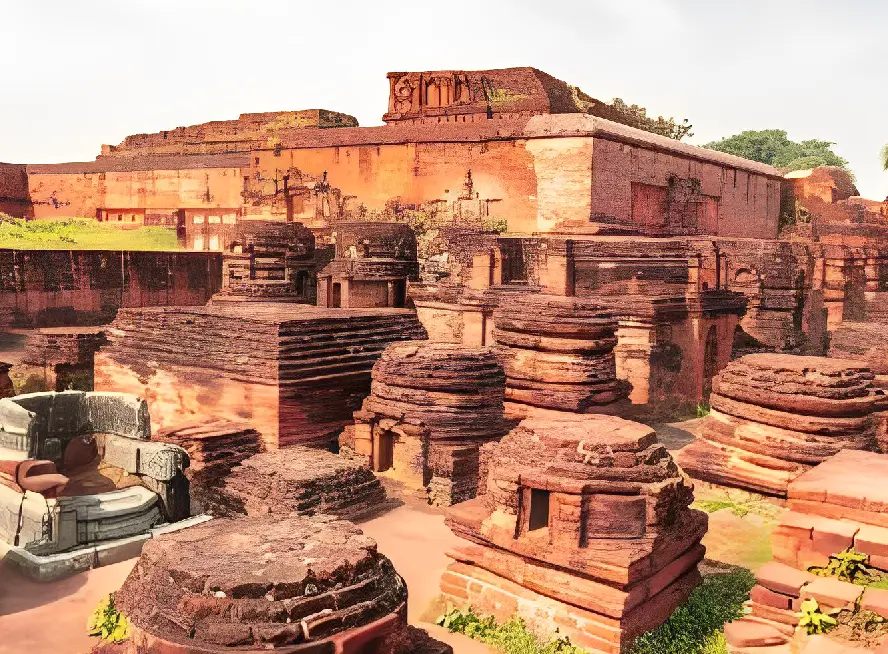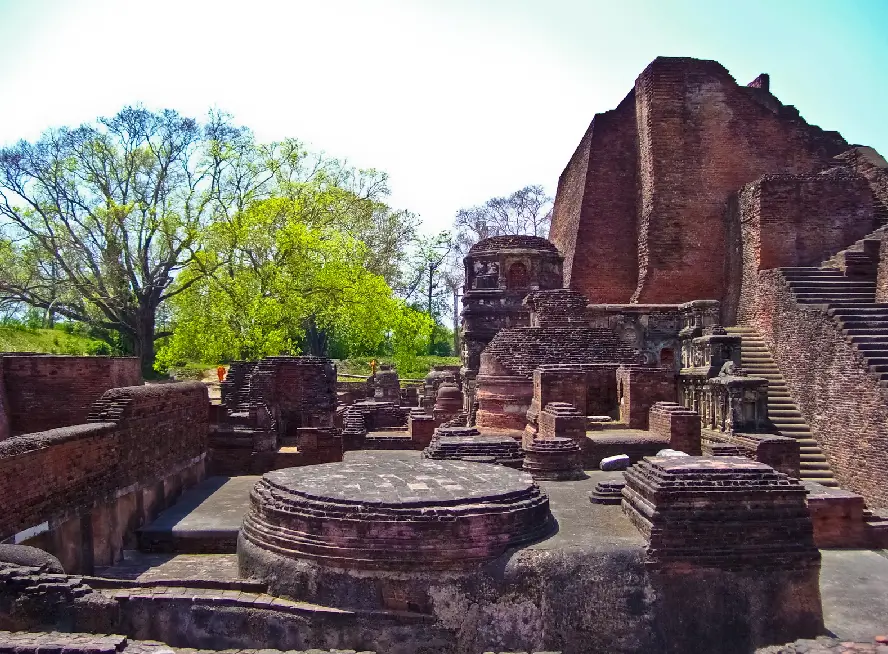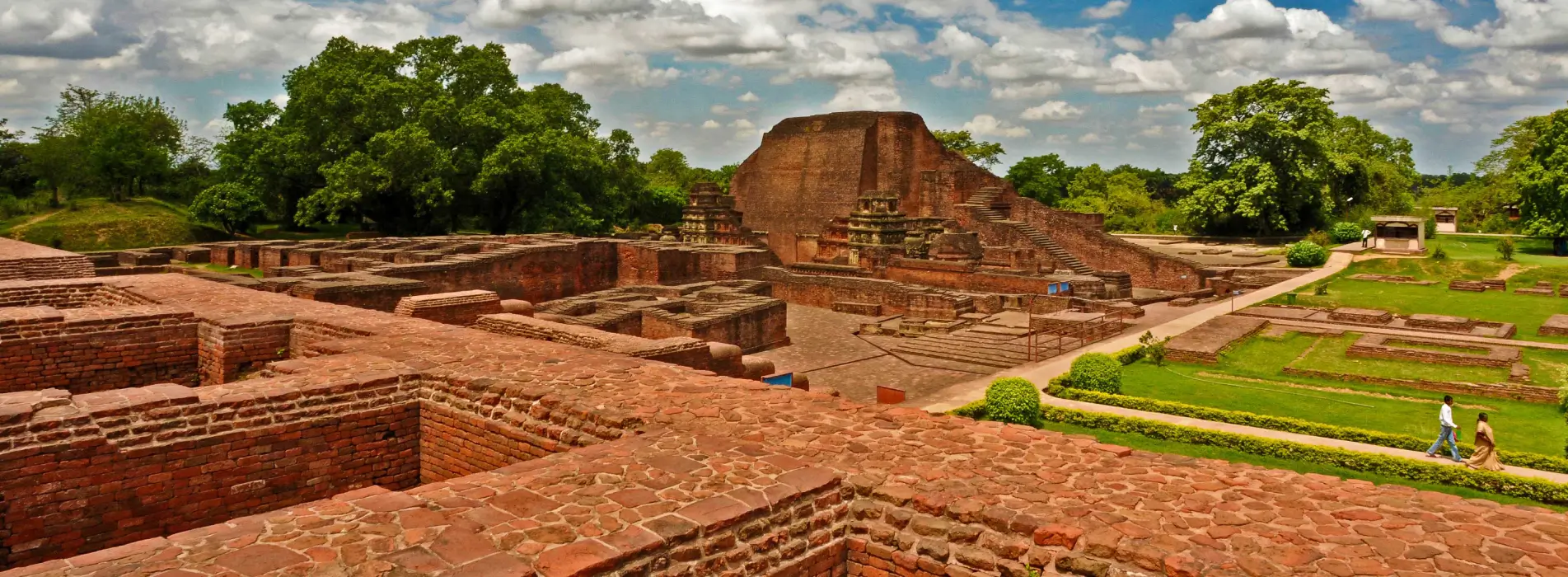Nalanda (Bihar, India)




Nalanda (Bihar, India)
A global centre of Buddhist learning, Nalanda is one of the significant religious sites related to Gautam Buddha and Buddhist culture. This place is not only closely connected with Gautam Buddha but also with Lord Mahavir. The rich tradition and culture of Nalanda are honored worldwide and thus visited by monks and tourists from all around the globe. Among the best places to visit in Nalanda comes the ruins of the ancient Nalanda Mahavihara, now known as Nalanda University ruins, which was once the epicentre of knowledge. Nalanda flourished in the reign of several empires of Buddhist followers including the Gupta dynasty, the great Ashoka, and Harshavardhan, who gave this place its ancient stupas, monasteries, and temples. All the historic and modern attractions of Nalanda are full of architecture and tales of History.
Nalanda is probably older than its tales and is mostly traced back to the time of Gautam Buddha and Lord Mahavir in the 5th-6th BCE. The name Nalanda has many origin stories but most favored is its breaking into "Nalam" which means Lotus and "Da" meaning giver. However, legends attribute the place's origin to Buddha, but archaeology suggests the Gupta Empire as the major establishers of Nalanda. Emperor Shankar Aditya, who may also be the king of Hindu Gupta dynasty named Kumaragupta I, is credited with constructing the Sangharama (monastery) of Nalanda. Nalanda has been a significant part of Gautam Buddhas as they visited here many times. It is also the birthplace of Sariputra, one of the first two disciples of Buddha. Nagarjuna, a famous alchemist of 2nd BCE, learned and taught here. It also has memories of Hiuen Tsang, a Chinese traveller, who spent 12 years here.
The great emperor Ashoka, a keen follower of Buddhism, built numerous temples at Nalanda in around 3rd century BCE. Nalanda came under the Gupta Empire, during their zenith, approximately between the early 4th century CE to the middle of the 5th century CE. Nalanda flourished during the 5th to 12th century CE attracting zillions of scholars and students from across Asia. It was also given the appellation "world's first residential university."
Nalanda is adorned with the memories of Lord Buddha and his steps. The Ruins of Nalanda Mahavira is the most popular site which was established during the 5th century CE. It was a settled university where along with Buddhist scriptures many major subjects were taught including philosophy, theology, metaphysics, logic, grammar, astronomy and medicine. The decline of Nalanda Mahavira after flourishing for 700 years began in the late Pala Dynasty around 1,000 CE. It attains the final blow by invader Bakhtiyar Khilji in around 1,200 CE, who led mass destruction of Buddhist sites. Archaeological Museum of Nalanda houses unique antiquities found at the site of Nalanda Mahavihara. This site museum is among the most prestigious ones of Archaeological Survey of India (ASI). Hiuen Tsang or Xuanzang memorial hall is another popular site of Nalanda established in memory of a renowned chinese scholar who also became a teacher at ancient Nalanda University. One should also visit The Black Buddha Temple - a modern temple with an ancient Black Buddha idol whose replica is also installed in Thailand, Gridhakuta Hill - where Buddha is said to have preached his Lotus sermon. Surya Mandir, dedicated to Sun God, Pawanpuri, holy site for Jains, and the 3rd century Great Stupa in Nalanda Ruins built by Emperor Ashoka are a few other sites of this Buddhism tour one must see in Nalanda.
Nalanda is a year-round destination but October to March is considered the most pleasing time to visit. Also, it is located just 90 kilometres southeast of the Jay Prakash Narayan Airport of Patna, so taking the flight is the most convenient way to reach here. Moreover, one can take a railway route to Rajgir (12 km) and drive to Nalanda by taxi or private vehicle.






















